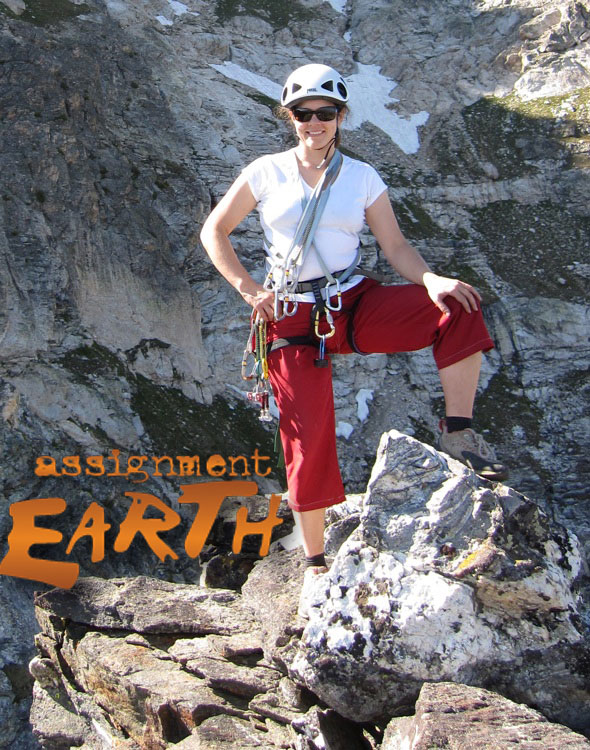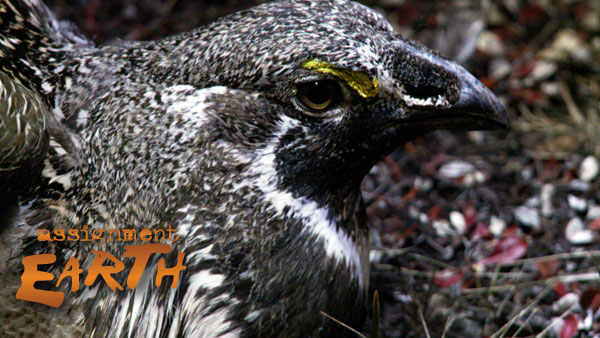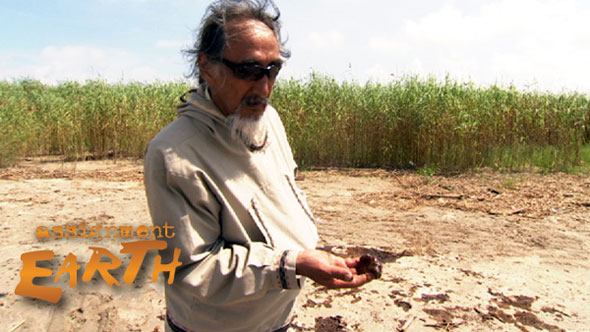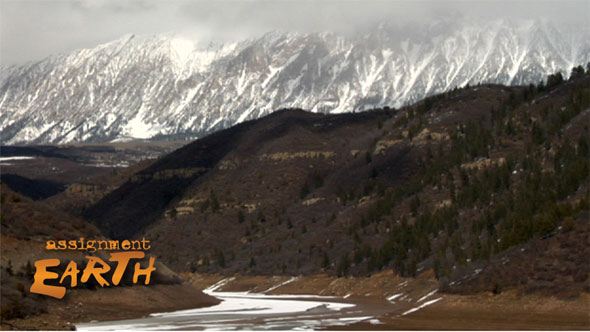Assignment Earth, Environmental Protection / 01.08.2010
Hector's Dolphins endangered in New Zealand – The Joy Trip Project
About the size of a human child Hector’s Dolphins are among the smallest dolphin species in the world. Found only in the coastal waters of New Zealand, where there is a very active fishing industry, they are also among the most endangered.
“At the moment there are about 27 percent of the numbers there were in the 1970s,” said Liz Slooten a marine biologist at the University of Otago. “Many Dolphins you’d expect there to be tens of thousands or even hundreds of thousands of individuals. But Hector’s Dolphins? There’re just over 7,000 individuals.” Hector’s Dolphins and a subspecies called Maui’s Dolphins are frequently killed when they are inadvertently trapped in the fine mesh of gill nets. Despite resistance from the fishing industry researches working with the National Institute for Water and Atmosphere aim to create protection zones to prevent the extinction of this threatened species.




 What follows is a Q&A interview conducted for Assignment Earth
What follows is a Q&A interview conducted for Assignment Earth


 [/caption]
[/caption]

You must be logged in to post a comment.